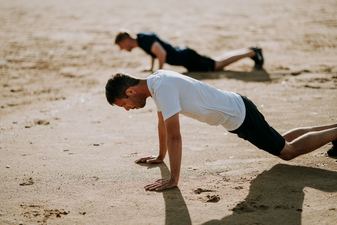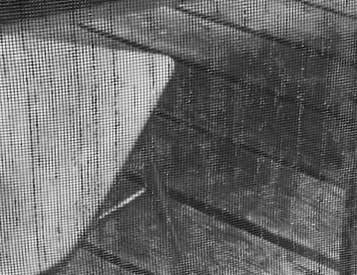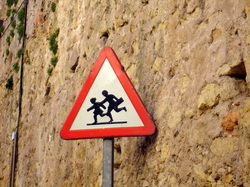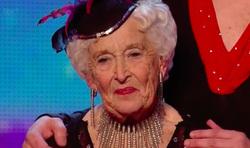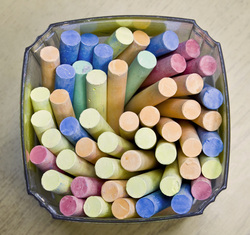
Breath. How lucky we are that we don’t have to think about it, our breathing just sort of takes care of itself. But have you ever been in a yoga class where the teacher told you to let the movement follow your breath? Have you ever been to a Taekwondo class and heard the black belts practice their kia’s, or seen a sniper in a movie take a deep breath before focusing for a shot or told a child to take a deep breath and count to 10?
The truth is our breath is not simply a passive event, suppling our muscles and organs with vital oxygen, it can be accessed deliberately to produce calm and focus, it can be harnessed to produce powerful forces beyond what we thought possible, in fact, it may be the most profound core “muscle” we have.
Active breathing can fuel your success in:
…and so much more
The truth is our breath is not simply a passive event, suppling our muscles and organs with vital oxygen, it can be accessed deliberately to produce calm and focus, it can be harnessed to produce powerful forces beyond what we thought possible, in fact, it may be the most profound core “muscle” we have.
Active breathing can fuel your success in:
- lifting heavy objects
- standing and sitting safely
- standing up from a chair
- managing stressful or emotional events
- opening a stuck pickle jar
- being understood during a conversation at a loud bar
- staying fresh during a long run
- getting a good night sleep and waking up actually feeling rested
- doing really good celebrity impersonations
- think more clearly creatively
- have less back pain
…and so much more
